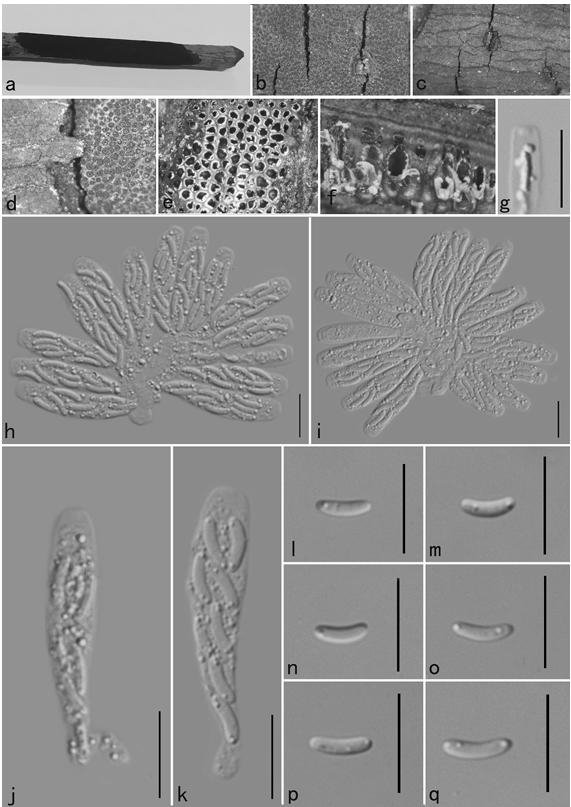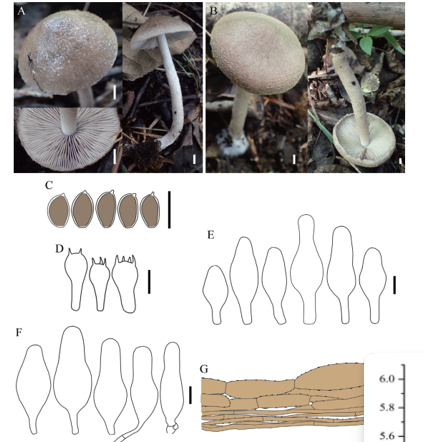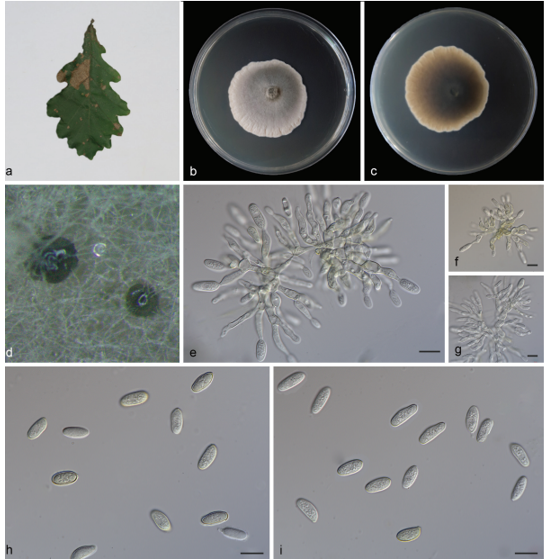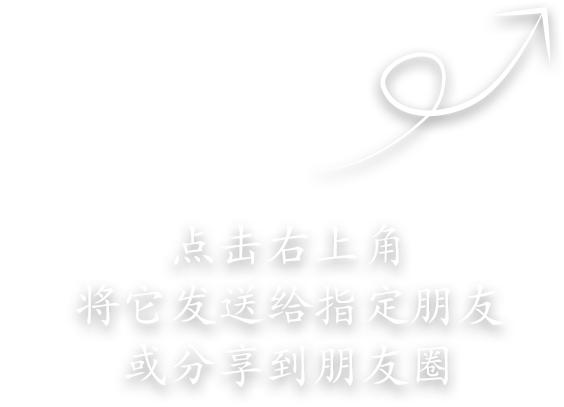Absidia ovalispora H. Zhao & X.Y. Liu sp. nov.2021
MycoBank No.: 838024
Holotype: CHINA, YUNNAN: Jianshui County, Honghe Hani and Yi Autonomous Prefecture, 102°54’30’’N, 23°42’49’’E, from soil sample, December 28, 2018, Min Qiao(holotype HMAS249157, living ex-holotype culture CGMCC 3.16018.)
Morphological description
Sexual morph:Colonies on SMA reaching 9 cm at 28°C for 7 d, floccose, initially white, quickly grayish-white, and finally brown, irregular at the edge. Hyphae flourishing. Rhizoids always simple and fingerlike. Stolons present. Sporangiophores on stolons, erect, single or 2–6 verticillate, 27.96–212.96 mm long and 2.14–6.39 mm wide, occasionally septate or swollen 20–30 mm below the sporangia. Apophyses 2.14–14.92 mm long and 5.15–23.94 mm wide. Collars absent. Columellae globose to ellipsoidal, 7.99–20.80 mm long and 7.01–23.88 mm wide, always with an apical projec[1]tion. Sporangia globose to ellipsoidal, 12.54–40.80 mm long and 12.47–38.54 mm wide. Sporangiospores ovoidal to ellipsoidal, 2.13–5.38 mm long and 1.73–4.57 mm wide. Chlamydospores not observed. Zygospores not observed.
Asexual morphs:
Cultures: Maximum growth temperature: 37 °C
Habitat: : ovalispora (Lat.), referring to the shape of the sporangiospores.
Distribution: Soil in Yunnan Province, China.
GenBank Accession: ITS = MW264131; LSU = MW264072
Notes: On the medium SMA, Absidia ovalispora is distinguished from its allied species Absidia kore[1]ana H.B. Lee, H.W. Lee & T.T.T. Nguyen 2015 in sporangiospores, sporangia, sporangiophores, colum[1]ellae, collars, and rhizoids. Sporangiospores are ovoidal to ellipsoidal in A. ovalispora, while short[1]cylindrical or cylindrical in A. koreana. Sporangia/sporangiophores/columellae in A. ovalis[1]pora (12.54–40.80 mm X 12.47–38.54 mm/ 2.14–6.39 mm wide/7.99–20.80 mm X 7.01–23.88 mm) are all bigger than those in A. koreana (19.33–23.64 mm X 21.06–26.35 mm/3.84–4.60 mm wide/10.90–16.96 mm X 11.46–18.89 mm). Collars are absent in A. ovalispora but present in A. koreana. Rhizoids are always observed in A. ovalispora but were not described in A. koreana. Apart from these differences, they are similar in the branching manner, that is, single or up to 6 sporangiophores are arising from the same point on the stolons. This paper reported two strains in the A. ovalispora. It is worth noting the difference in colonies between these two strains, that is, the strain CGMCC 3.16019 is lighter, more vigorous than the ex-holotype strain CGMCC 3.16018. Moreover, CGMCC 3.16019 extends some small satellite colo[1]nies around the main colony.
Reference: Two New Species in the Family Cunninghamellaceae from China[J]. Zhao Heng,Zhu Jing,Zong Tong Kai,Liu Xiao Ling,Ren Li Ying,Lin Qing,Qiao Min,Nie Yong,Zhang Zhi Dong,Liu Xiao Yong. Mycobiology. 2021.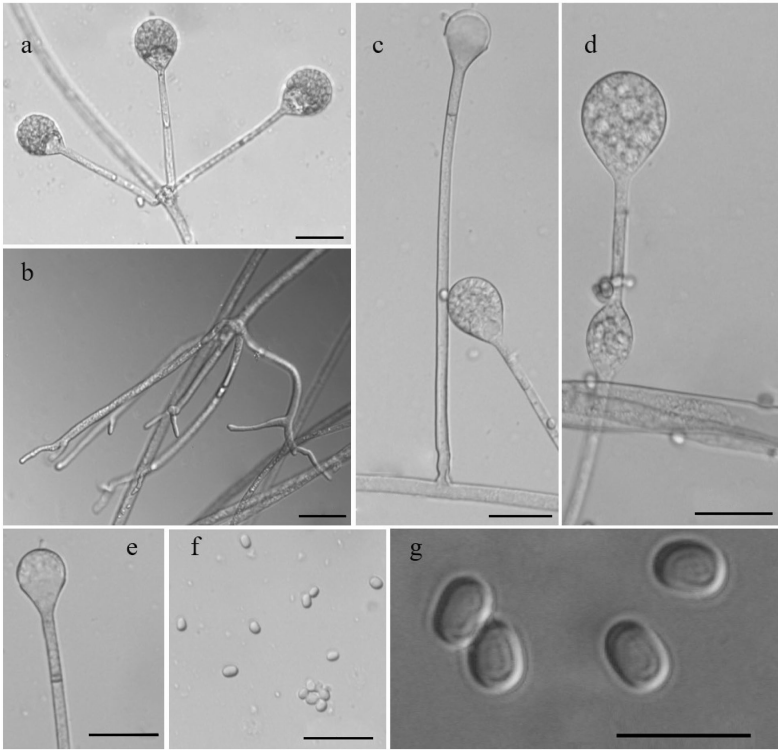 Morphology of Absidia ovalispora sp. nov. CGMCC 3.16018 (ex-holotype strain). (a) Verticillately branched sporangiophores; (b) Rhizoids; (c) Single sporangiospore; (d) Swelling on sporangiosphores; (e) Columella with a septum and an apical projection; (f, g) Sporangiospores. Scale bars: (a, c–f) = 20 lm; (b)= 50 lm; (g) = 10 lm.
Morphology of Absidia ovalispora sp. nov. CGMCC 3.16018 (ex-holotype strain). (a) Verticillately branched sporangiophores; (b) Rhizoids; (c) Single sporangiospore; (d) Swelling on sporangiosphores; (e) Columella with a septum and an apical projection; (f, g) Sporangiospores. Scale bars: (a, c–f) = 20 lm; (b)= 50 lm; (g) = 10 lm.


